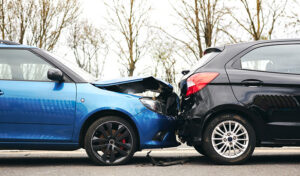
Here Are the Leading Accidents in the Transportation Industry
In this blog post, we’ll explore some of the leading causes of accidents in the transportation industry, from air travel to road transport.

In this blog post, we’ll explore some of the leading causes of accidents in the transportation industry, from air travel to road transport.
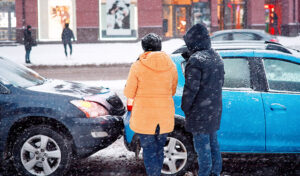
Today’s blog discusses what you should do after you’ve been in a car accident caused by snow. We will also discuss tips for driving safely to prevent an accident from occurring.
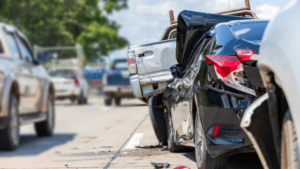
PTSD is a psychiatric disorder that can occur in people who have experienced a traumatic event such as a serious accident, natural disaster, an assault, and other tragic events.
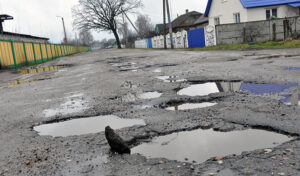
Poorly maintained roads can take drivers by surprise and lead to car accidents. Unsafe road conditions cannot be anticipated when planning your next trip, so it is essential to stay vigilant.

The passengers are often forgotten or neglected in an auto accident, so it’s critical that you can act for yourself in the event of a vehicle crash if you find yourself a passenger when an accident occurs.
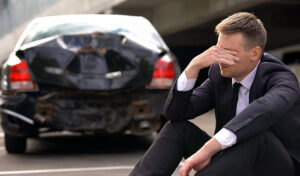
Getting into a car accident might be your worst nightmare; it is for many people for a good reason. Accidents are never planned and leave us feeling shaken. We often

As Utah’s population grows, we must commit to avoiding road rage and aggressive driving from others and keeping our cool if we experience it. More drivers on the road mean
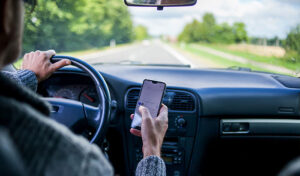
While texting and driving is dangerous, it isn’t the only form of distraction that threatens the lives of drivers and those on the road with them. Many drivers in Utah
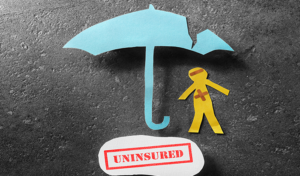
Utah is a no-fault state, so what happens when an uninsured driver is in an accident? Being uninsured is against the law, but being in a no-fault state changes the
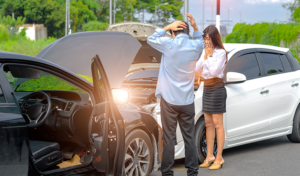
Being in a car accident is one of the worst things you can experience. Car accidents are always unexpected and frequently leave victims with injuries, damaged cars, and emotional trauma.
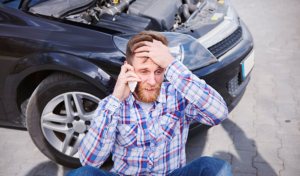
Getting into a car accident is a horrible, often traumatic, experience. You don’t plan for it, but there’s a lot to do once it’s happened. You’ll need to call the
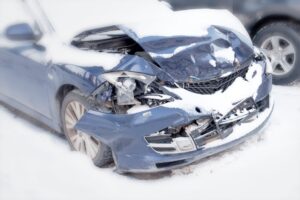
Whether it was last week or last year, moving on from a bad car crash can be difficult. At first, you might feel fine, but then it hits you later.
UTAH INJURY LAWYERS
Flickinger • Boulton
• Robson • Weeks
PROVO OFFICE
3000 N University Ave
Suite 300
Provo, UT 84604
SOUTH JORDAN OFFICE
10393 S. Temple Dr.
Suite 103
South Jordan, Utah 84095
OFFICE HOURS
Monday- Friday: 8AM-5PM
Saturday-Sunday: Closed
*Disclaimer: the information provided by this website is for informational purposes only and should not be considered legal advice or a substitute for competent legal counsel.
**SMS consent and contact phone numbers will not be shared or sold to third parties or their affiliates for any purpose.
© 2025 All Rights Reserved.